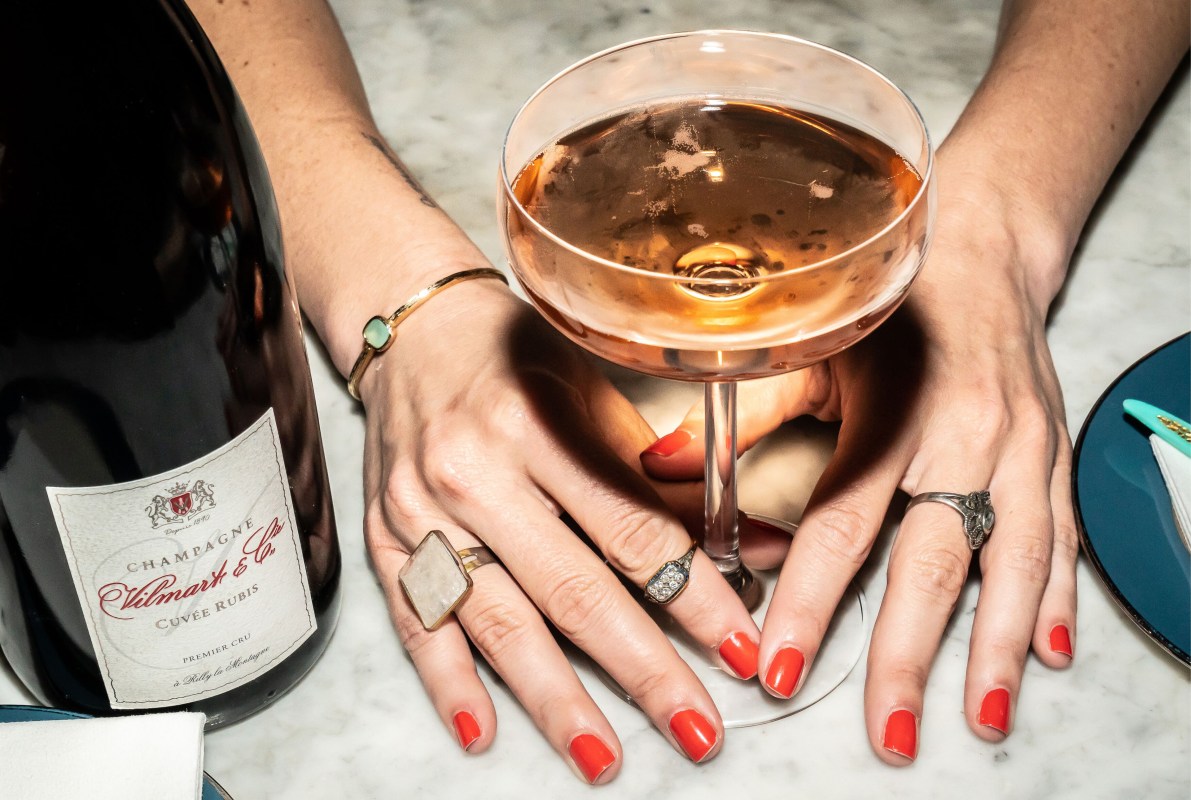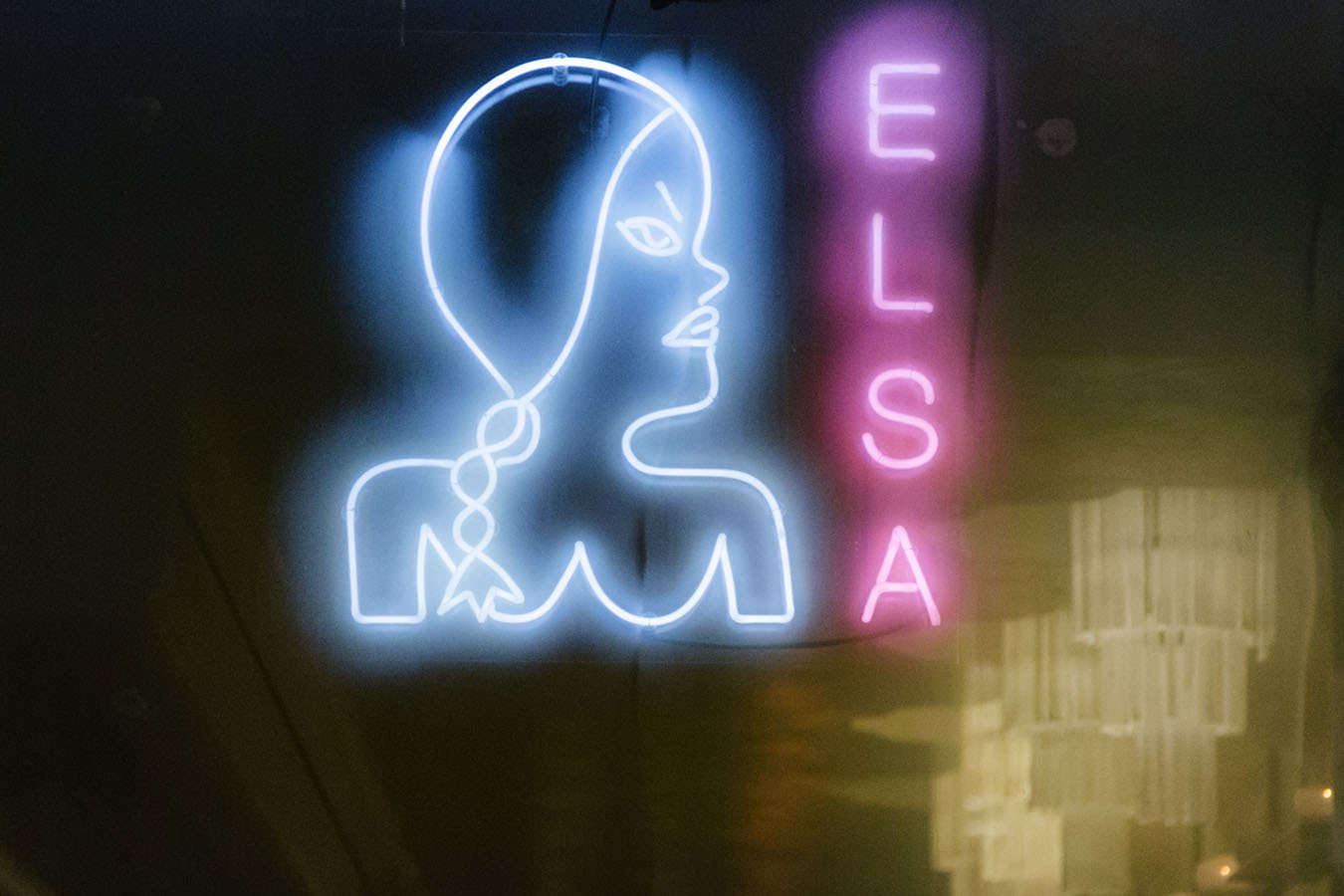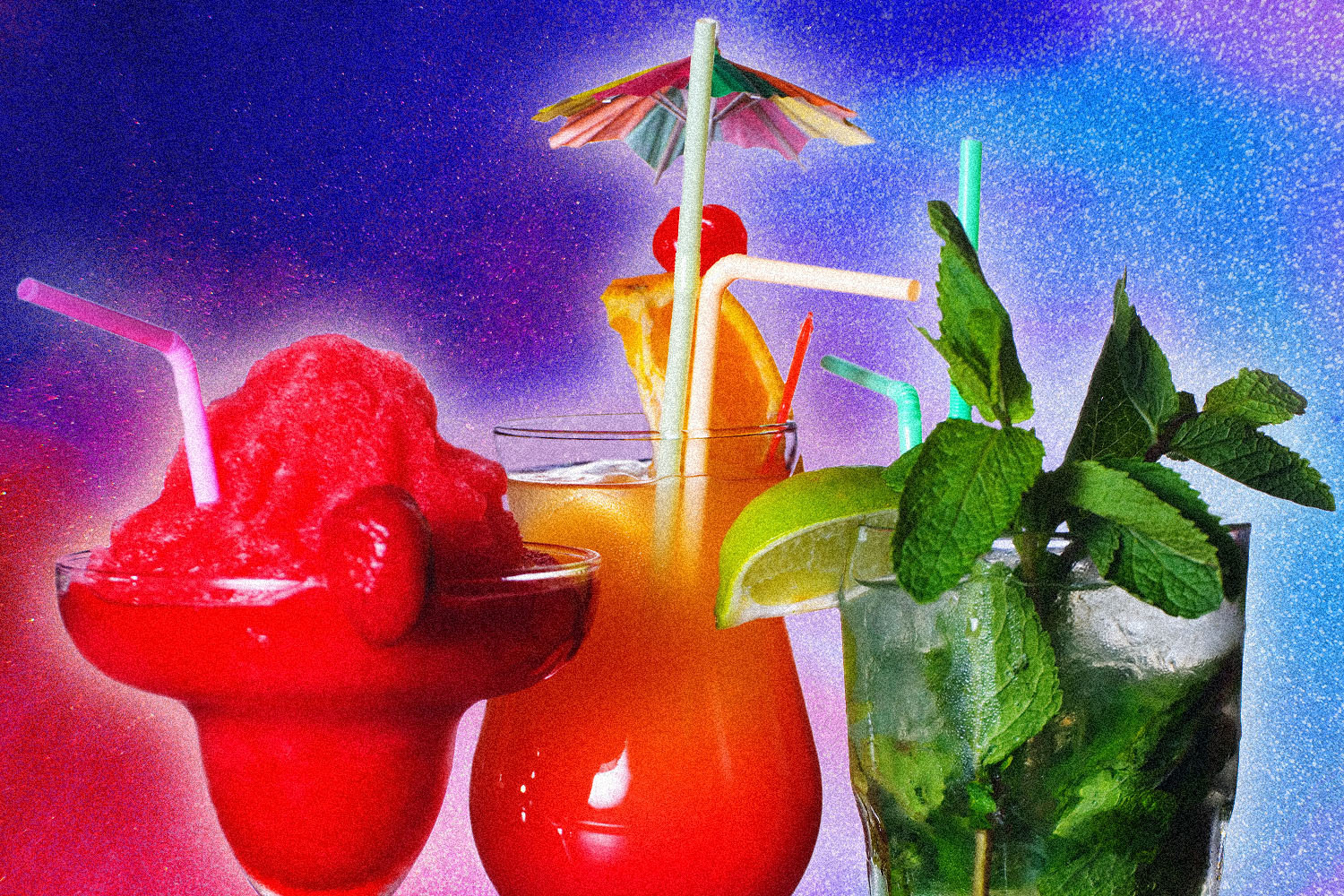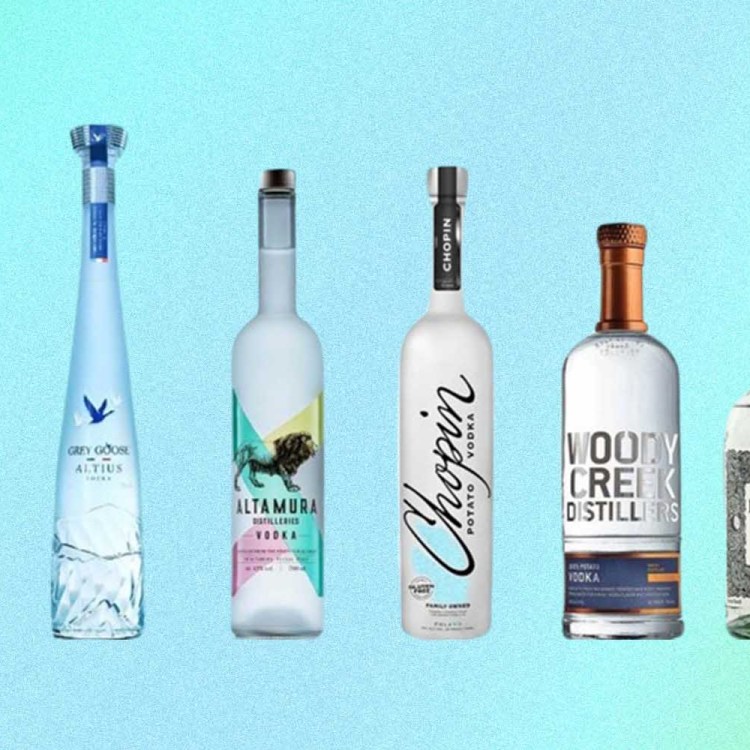You should join me for a glass of Champagne tonight — and no, we’re not celebrating anything, other than the fact that we’re grown adults who can drink whatever the hell we want whenever the hell we want to.
Champagne is good for the soul, and life is both too short and, frankly, too often devoid of anything worth celebrating to limit sparkling wine consumption to strictly celebratory circumstances.
“I really think of Champagne as a legal drug,” says Ariel Arce, the restaurateur crowned “The Champagne Empress of Greenwich Village” by the New York Times. “I think of it as something that just makes you feel better when you’re drinking it.”
Arce’s new book, Better With Bubbles: An Effervescent Education in Champagnes & Sparkling Wines, is both an ode to the bubbly stuff and its ability to enchant and delight, as well as a field guide to everything you should know (but probably don’t) about Champagne and sparkling wine — including the fact that you can and should drink it whenever you want.
Despite Champagne’s longstanding association with New Year’s Eve and wedding toasts, Arce argues there’s no reason we should restrict sparkling wine consumption to certain events and situations any more than we do still wine.
“It’s purely the fault of marketing and luxury branding for the last 200 years that we now think this is a beverage that can’t be enjoyed for any occasion,” Arce tells InsideHook, tracing our current understanding of sparkling wine as inherently celebratory back to a centuries-old feud between Burgundy and Champagne, when the regions were competing to become the wine of choice among the French elite.
“At the time, they were both making wine and both vying for the attention of the aristocracy,” Arce explains. Once Champagne inadvertently brought bubbles into the mix, inventing sparkling wine in one of history’s happiest accidents, the region leaned into the festive angle in a bid to become “the wine of kings and queens,” as Arce puts it.
The move worked, but maybe too well. “It unfortunately put this stigma around wine with bubbles in general, saying that every bottle of bubbly wine is something that has to be part of a celebration.”
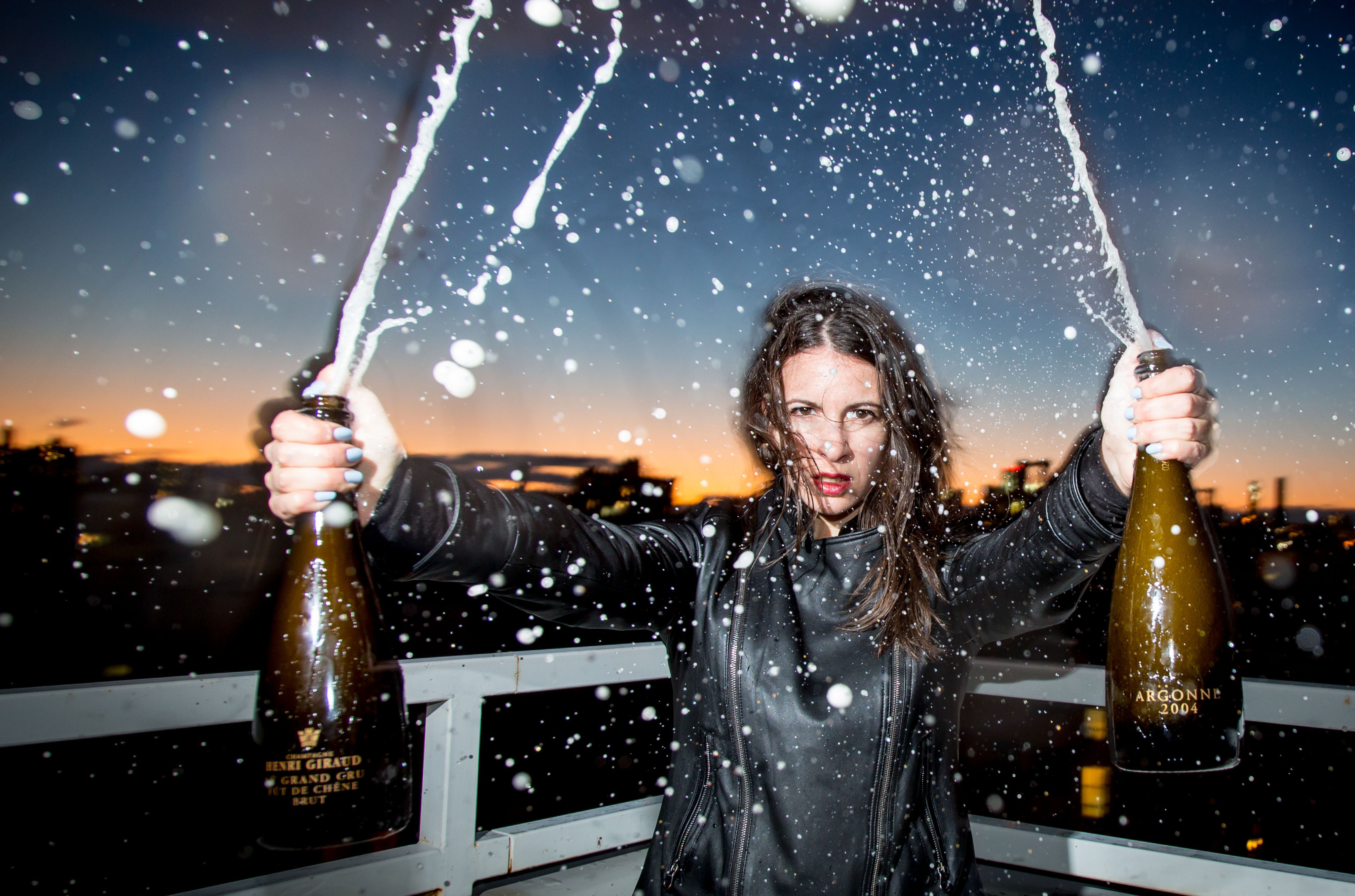
But while Arce is a vocal proponent of Champagne’s euphoric capacities, she maintains there’s nothing inherently celebratory about bubbles. After all, she says, “You don’t think of sparkling water that way.” As far as the Champagne Empress is concerned, “Wine with bubbles in it is just the 2.0 version of still wine,” and can be enjoyed as often and ubiquitously as its non-bubbly counterparts, no celebration or special occasion required.
Much like a preference for reds over whites or rosés, drinking a sparkling wine over a still one is just a matter of personal taste. And like rigid wine pairing guidelines that insist on red with steak and white with fish, arbitrary rules about when sparkling wine is and is not appropriate were made to be broken. “It always just comes down to a preference of what you like,” says Arce.
Moreover, a binary conception of Champagne as a strictly celebratory alternative to still wine ignores the true diversity of sparkling wine. More than just wine with bubbles, sparkling wines comprise a diverse category of wine in its own right that’s “not just about the bubbles, but about the base underneath it,” says Arce.
“There’s a whole world of sparkling wine,” she adds, “not just one brand with a yellow label on it.”
And while Arce maintains there are no rules when it comes to when, where and how to begin exploring that wide world of bubbly, she does have some pairing recommendations — but they’re probably not what you think.
While you may think of Champagne as an indulgence to be enjoyed alongside pricey menu flexes like oysters and caviar, low-key comfort foods like pizza, burgers, french fries and chicken fingers are among Arce’s top Champagne pairing recommendations.
“My favorite way to pair is to think about putting two opposites together to attract,” says Arce. But the Champagne-pizza pairing is about more than just the novelty of sipping high-brow wine with low-brow food. Rather, it’s all about “acknowledging the comparison between high-fat foods and a high-acid wine,” she explains. “If I’ve got a really rich, heavy food, it is sometimes very nice to put something against it that’s going to break it down rather than meeting it with yet another heavy element.”
Ultimately, Arce hopes to see sparkling wine “become something that we think of in the same way that we think about still wine: that it’s an equal comparison and that you can have both with any experience.”
That said, while there’s no reason sparkling wine should be limited to expensive dining experiences or special occasions, that doesn’t mean we have to ignore Champagne’s fancy, festive vibe altogether. As Arce writes in Better With Bubbles, Champagne makes you feel fancy; it “makes music sound better, clothes feel sexier, people look sexier, big ideas seem possible.” Far from a quality that should restrict sparkling wine to New Year’s Eve and celebratory toasts, however, Champagne’s effervescence is all the more reason to enjoy the drink year-round, to let it liven up an ordinary evening or rehabilitate a bad one. As Arce puts it, when it comes to uncorking a bottle of bubbly, “the worst times are the best times.”
By and large, 2020 has been a year of worst times. So tonight, why not order a pizza and treat yourself to a glass or two of Champagne? If there’s one thing we should have learned this year, it’s that life’s far too short and prone to catastrophe not to take joy where we can find it. And so, let’s all raise a glass to drinking whatever the hell we want, whenever the hell we want to.
Join America's Fastest Growing Spirits Newsletter THE SPILL. Unlock all the reviews, recipes and revelry — and get 15% off award-winning La Tierra de Acre Mezcal.
